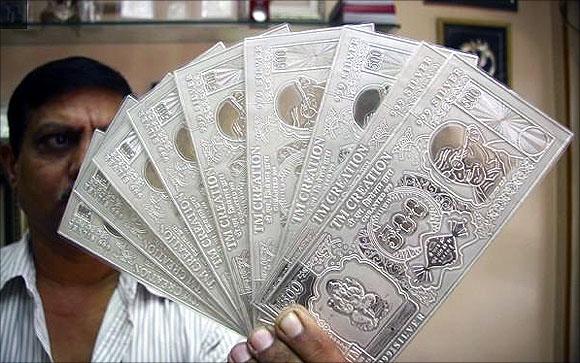
The RBI's choice to strangle liquidity in order to target the exchange rate is self-defeating, says Abheek Barua
Let me get away from the question of whether the somewhat heavy-handed measures to stem speculation and curb the fall in the rupee have worked or not.
At first glance, they don’t quite seem to have done the trick and the rupee seems headed further south.
But every policy can be defended by invoking the counterfactual.
It is perhaps possible to argue that if these measures had not been put in place, the rupee would have slid to, say, 65 to the dollar in the last couple of weeks.
The more important question, in my opinion, is whether the attempt to rein in the exchange rate was the right thing in the first place.
Do the costs justify the benefits?
. . .
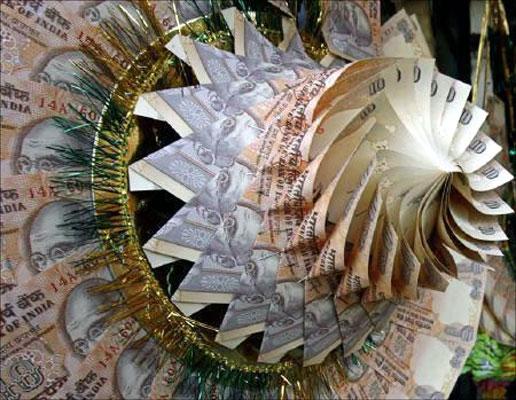
It is logical to believe the measures that have been introduced are ‘temporary’.
The finance minister, the prime minister and, finally, the governor of the Reserve Bank of India have all made statements asserting that the measures could be wound up as soon as the currency settles a bit.
However, unless the markets get a handle on the kind of time span the word ‘temporary’ describes and what set of conditions would enable the RBI to roll these measures back, they will treat this as a fairly sharp reversal of the monetary policy stance.
Some banks have raised their deposit and base rates, and others are likely to follow. Almost all economists have pulled down their forecast for 2013-14 by some amount.
Some of them have also argued that this deceleration in growth itself would compromise capital inflows and increase the bias towards depreciation.
In short, unless these measures are lifted soon, they could be self-defeating.
. . .
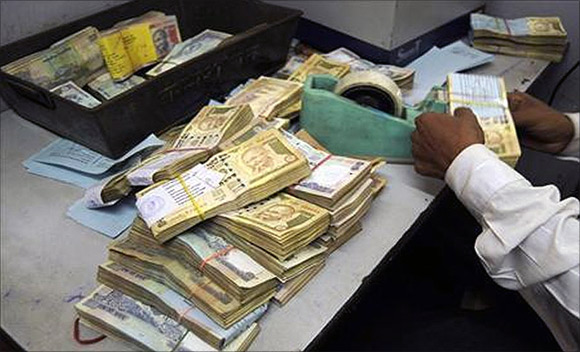
But before we get to that debate, let me raise a couple of issues that I have found intriguing.
First, though these measures have come from the RBI, the central bank has been somewhat reticent in talking about, or defending, these measures.
In fact, the quarterly monetary policy on July 30 was the first time that the RBI talked to the markets, a good two weeks after the first set of measures to harness the rupee were announced.
This gave the markets the impression that the monetary authority lacked conviction about their efficacy.
An extreme view is that the measures were foisted on the markets by the government and the RBI was left with the task of implementing them somewhat reluctantly.
. . .
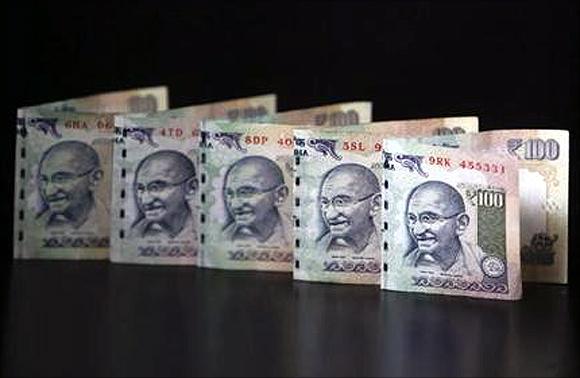
This impression could, of course, be wrong.
However, I am convinced that a little more communication would have helped.
Let me be very clear.
I am not in favour of the central bank babbling like a brook.
But, given the fact that these measures were both so sudden and stringent, the RBI could have perhaps taken not so long to talk to the markets.
Besides, the RBI seemed distinctly uncomfortable with some of the initial outcomes of the measures -- cancelling Treasury bill auctions and allowing bond auctions to devolve whenever their yields climbed too high for the bank’s comfort.
It subsequently followed a harder line, lowering the cap on repo borrowing and ensuring a sharp increase in overnight rates.
. . .
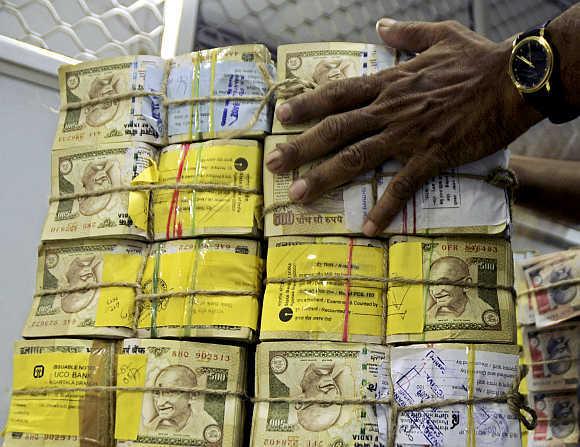
These quick shifts in stance have rattled the market, reinforcing the perception that these measures are not underpinned by a well- thought-out strategy that has considered all the possible ramifications.
Instead, the central bank is going entirely by trial and error, hoping every time that its next step helps the rupee without hurting interest rates too much.
The second thing that I find difficult to explain is the radical change in the central bank’s basic philosophy vis-à-vis the currency markets.
These heavy-handed measures almost explicitly signal an exchange rate target band (of, say, 59 to 60 against the dollar) that the central bank is pulling out all the stops to defend.
This goes directly against the spirit of the regular sermon that the RBI has delivered in the past that it does not believe in exchange rate targets and leaves it to market forces.
. . .
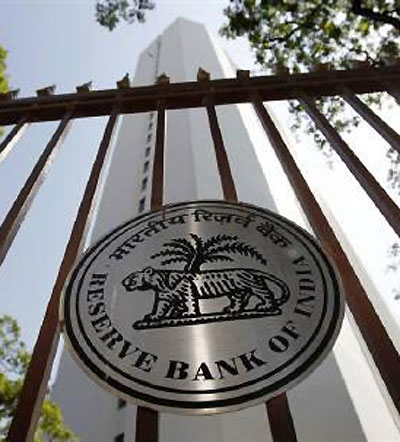
The RBI has defended this change of position by claiming that these measures are aimed at macro-financial stability.
This leaves me with some questions. Did the depreciation of the rupee that was clearly the result of a sudden reversal of capital flows across all emerging markets really pose a domestic systemic risk?
If, indeed, the outflow of capital had the potential to rock the system, would the attempt to defend a level of the rupee counter this?
I ask these questions because there are large identifiable costs.
Growth will certainly be hit and the stress on corporate balance sheets is likely to mount.
The ratings agency Crisil has categorically pointed out that, given the rise in borrowing or refinance costs, the default risk of a large swathe of the Indian corporate sector has escalated.
. . .
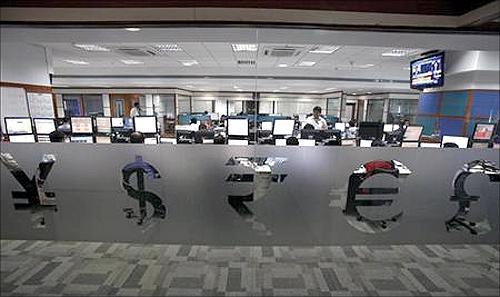
Thus, in order to achieve macro-financial stability, we may just have compromised financial stability at the micro company level.
Then there is the risk of an equity flight as investors factor in the prospect of lower growth seeping into lower company earnings.
The last couple of weeks have, incidentally, seen a steady sell-off by foreign institutional investors in Indian equity markets.
Equity investments still constitute the lion’s share of portfolio investments into India.
Thus, a pop in bond inflows that higher local yields could trigger could easily be more than offset by equity outflows, which may cause the
rupee to depreciate further -- instead of finding stable ground.
In short, there is a risk that the RBI’s bid to hold the rupee by sucking out every drag and drop of surplus liquidity from the domestic financial system could set the process of economic recovery back quite sharply, and ultimately defeat its objective.
It is imperative for the government to try alternatives such as increasing import tariffs and tapping the global debt investment pool through a set of instruments.
Neither the economy nor the exchange rate can afford to have these measures remain in place for too long.
Abheek Barua is with HDFC Bank. These views are personal